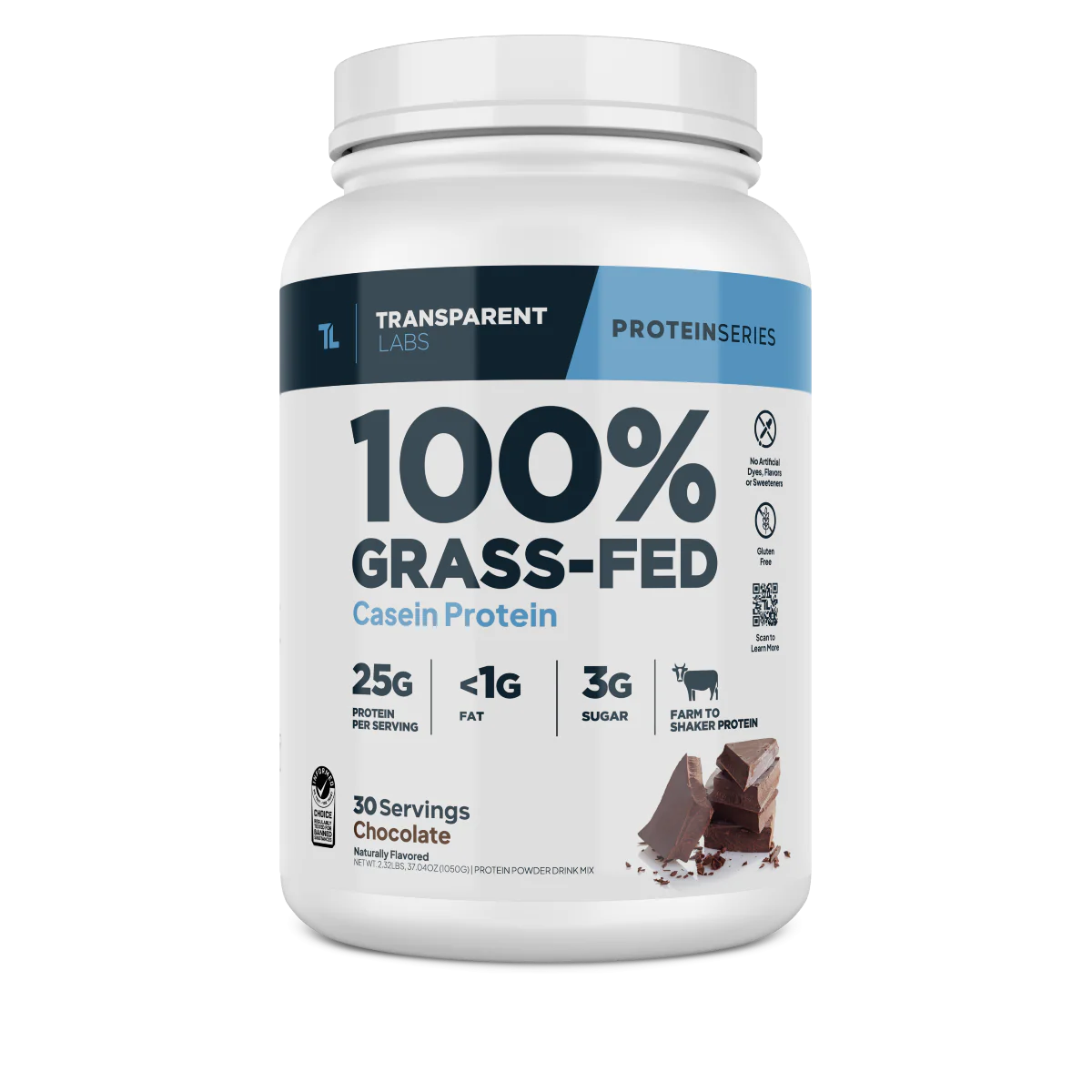The Rep Goal System for Working Out: An Effective Approach to Strength and Muscle Gains
The Rep Goal System is a flexible and highly effective training approach that focuses on achieving a target number of reps across multiple sets, rather than using a fixed set-and-rep structure. By allowing lifters to adapt their rep ranges based on performance, it encourages progressive overload, improves motivation, and makes it easier to track progress. This system is suitable for both beginners and advanced lifters who want to increase strength and build muscle.

What is the Rep Goal System?
The Rep Goal System involves setting a target number of reps to achieve over a set number of sets. Instead of performing a fixed number of reps per set (e.g., 3 sets of 8 reps), you aim to reach a total rep count across those sets, such as 25 reps over 3 sets. You can complete these reps in any combination—for example, 10 reps in the first set, 8 reps in the second, and 7 in the third. Once you reach or exceed the rep goal, you increase the weight in your next workout.
How Does the Rep Goal System Work?
- Set a Rep Goal – Choose a total rep target for your exercise. For example, if your rep goal is 30 reps for an exercise, your sets should add up to that number.
Perform as Many Reps as Possible Each Set – Start your first set and go until you are close to failure, then rest before the next set.
Continue Until You Reach the Goal – Perform additional sets until you hit your total rep goal.
Progressive Overload – Once you reach the rep goal in fewer sets or with more reps in earlier sets, increase the weight to continue progressing.
Example Workouts
Dumbbell Bench Press
Rep Goal: 30 reps
Set 1: 12 reps
Set 2: 10 reps
Set 3: 8 reps
(Total: 30 reps)
Once you complete 30 reps in three sets, you can increase the weight slightly for the next workout.
Benefits of the Rep Goal System
- Progressive Overload Made Simple: This system promotes steady progression by encouraging you to gradually increase either reps or weight each session. Over time, these incremental improvements lead to greater strength and muscle mass.
Flexible and Adaptive: The Rep Goal System allows for performance fluctuations. If you’re tired, you may hit lower reps, but you can still aim to meet the rep goal. Conversely, on a good day, you can exceed it, helping you know when it’s time to increase the weight.
Mental Motivation: Since you can vary reps within each set, the Rep Goal System feels less rigid. Lifters can push themselves to achieve or beat their previous totals, which can increase motivation and satisfaction with progress.
Improves Tracking and Goal Setting: With rep goals, tracking becomes simple and straightforward, making it easier to set targets and see visible progress over time.
Who Should Use the Rep Goal System?
The Rep Goal System is suitable for lifters of all levels, but it may be particularly beneficial for:
- Beginners: It provides a straightforward approach to building strength and muscle without needing advanced periodization.
- Intermediate Lifters: As they move beyond beginner gains, this system keeps workouts challenging and promotes continued progression.
- Those Seeking Flexibility: Since it allows for adaptation in reps per set, it’s excellent for lifters who might not perform consistently on every set or workout.

Tips for Success with the Rep Goal System
Choose an Appropriate Weight: Use a weight that challenges you but still allows for multiple sets.
Stick to Proper Form: Avoid sacrificing form to hit your rep goal.
Use for Compound and Isolation Exercises: This method works well for both heavy compound lifts and isolation movements.
Track Your Progress: Even though the system is flexible, keeping a workout log will help ensure consistent improvement.
What to Do Next: Maximizing Results with the Rep Goal System
After implementing the Rep Goal System, consider the following steps to continue improving:
- Incorporate Periodization: After a few months of consistent gains, add some variety by incorporating periodization strategies, like alternating between strength-focused cycles and hypertrophy-focused cycles
- Focus on Nutrition: Ensure you’re fueling your workouts with adequate protein and overall calories, especially if your goal is muscle growth
- Experiment with Rep Goals: Change your rep goals every few months to prevent plateaus and keep your muscles challenged. For instance, you could move from a goal of 25 reps to 30 reps across the same sets, adjusting weight as needed
- Incorporate Accessory Work: To maximize muscle growth, include accessory exercises that target smaller muscle groups and support the primary lifts in your routine
Conclusion
The Rep Goal System is a versatile and effective approach to achieving consistent muscle growth and strength gains. By setting a rep goal across multiple sets, lifters can achieve progressive overload, adapt to daily performance, and maintain motivation in the gym. Whether you’re a beginner or an experienced lifter, the Rep Goal System offers a structured yet flexible method for tracking and achieving fitness goals.
Give the Rep Goal System a try, track your results, and enjoy the journey toward a stronger, more muscular physique!
Thanks For Reading!
Trending Articles:
Do you have any questions?







